Sarasota Herald-Tribune
Recent Posts
- 1.1 Prioritize upgrades of Sarasota County Government’s wastewater treatment plants to advanced wastewater treatment
- 1.2 Understand and manage nutrient loads to areas irrigated with non-advanced wastewater
- 1.3 Invest in infrastructure to minimize wastewater spills, emergency releases, and overflows
- 1.4 Improve FDEP public reporting of wastewater discharges
- 1.5 Deliver targeted education and incentives to the public to reduce sewage spills and overflows


Recent Comments